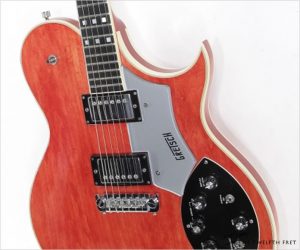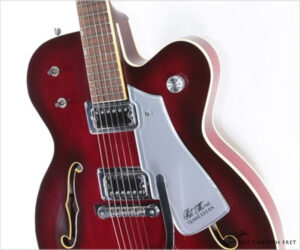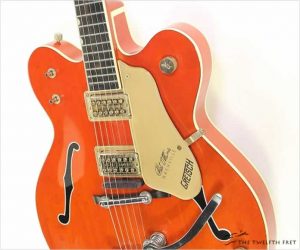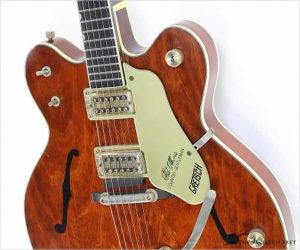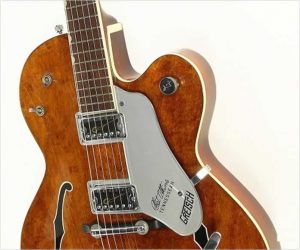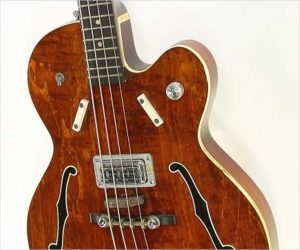Designed by Duke Kramer and Chet Atkins in 1976 and launched in 1977, the Gretsch Atkins Super Axe model 7680 was built under Baldwin ownership in DeQueen Arkansas, and available with and without built-in effects. These models went out of production in 1980.
This instrument has sold
MORE →